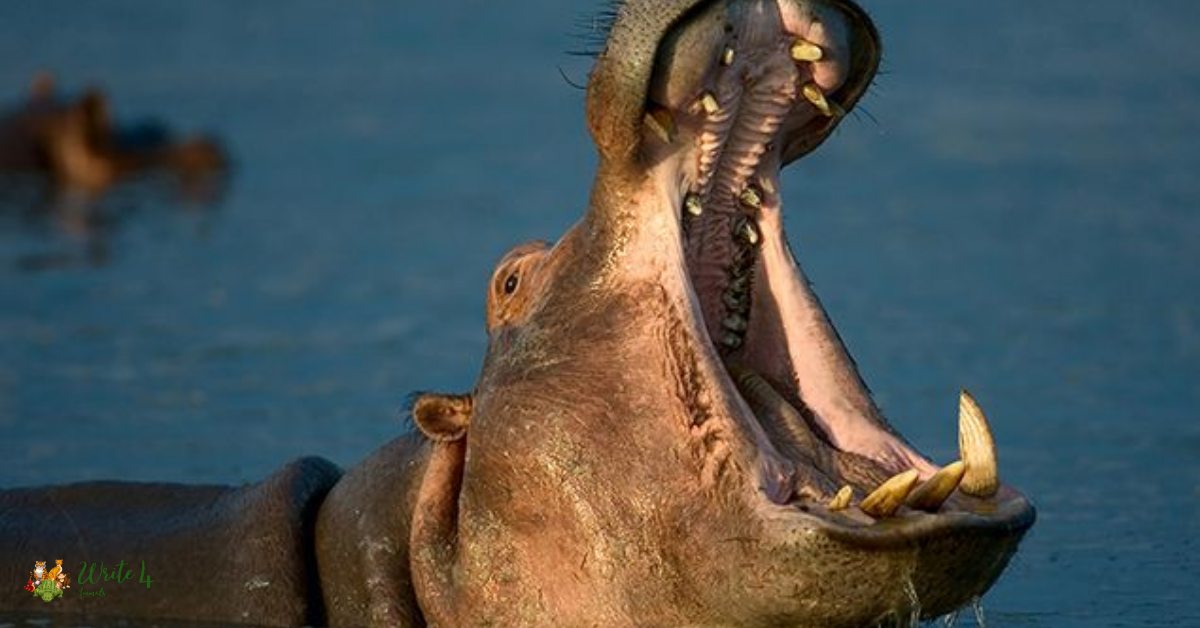In the symphony of the natural world, sound plays a crucial role in communication, mating, and survival. Some creatures, however, take volume to a whole new level, breaking the decibel barriers in ways that command attention. From the depths of the oceans to the highest treetops, the animal kingdom is home to a cacophony of loud voices.
In this blog post, we embark on a journey to explore the 15 loudest animals in the world, delving into the fascinating world of creatures that make their presence known through the sheer power of sound.
Top 15 Loudest Animals on Earth
1. Blue Whale
The blue whale, the undisputed heavyweight champion of the ocean, holds the prestigious title of the loudest animal on Earth. Emitting low-frequency moans and pulses that can travel for hundreds of miles underwater, blue whales use their vocalizations for communication and navigation.

These awe-inspiring sounds can reach volumes of up to 188 decibels, making the blue whale the unequivocal leader in the realm of loud animals. As the largest mammal on the planet, the blue whale’s sheer size and unique anatomy contribute to the propagation of these deep, resonant calls.
These vocalizations are essential for their complex social structures and play a crucial role in locating potential mates and establishing territory.
The symphony of sounds produced by these magnificent creatures serves as a testament to the incredible acoustic capabilities that have earned the blue whale its status as the loudest animal in the world.
2. Howler Monkey
In the dense rainforests of Central and South America, the howler monkey reigns as one of the loudest terrestrial animals. Aptly named for its powerful and distinctive howls that resonate through the treetops, the howler monkey’s vocalizations can be heard up to three miles away.

These loud calls serve various purposes, including communication within social groups, marking territory, and attracting potential mates. The howler monkey achieves these impressive vocalizations by enlarging its hyoid bone, allowing for the amplification of sound.
With volumes reaching up to 128 decibels, the howler monkey secures its place as one of the loudest animals on Earth. This adaptation not only allows them to communicate effectively in the dense canopy but also plays a crucial role in their survival and reproduction, showcasing the remarkable auditory abilities of these charismatic primates.
3. Pistol Shrimp
Beneath the surface of the world’s oceans, the pistol shrimp stands out as a diminutive creature with an extraordinary ability to generate loud sounds. Using its specialized claw, the pistol shrimp creates a high-speed snap that produces a cavitation bubble.

When the bubble collapses, it generates a shockwave and a distinctive popping sound that reaches volumes of up to 218 decibels. This makes the pistol shrimp one of the loudest animals in the world.
Despite its small size, the pistol shrimp’s sonic capabilities serve various purposes, including stunning prey, deterring predators, and communication with other members of its species.
This remarkable adaptation allows the pistol shrimp to thrive in the complex underwater ecosystems, showcasing the diversity of strategies employed by loud animals in different environments.
4. African Elephant
In the vast landscapes of Africa, the African elephant, with its imposing size and unmistakable trumpeting calls, is one of the loudest land animals.

These gentle giants use a variety of vocalizations, including trumpets, roars, and rumbles, to communicate with one another across long distances.
With volumes reaching around 117 decibels, the African elephant’s low-frequency calls can travel through the ground, enabling them to convey messages to other elephants even when they are miles apart.
This communication is crucial for coordinating movements within the herd, warning of potential threats, and signaling the presence of water sources. The African elephant’s vocal strength, coupled with its intricate social structures, reinforces its status as one of the loudest and most intelligent animals on Earth.
5. Lion
Roaring through the savannas of Africa, the lion asserts its dominance and communicates with unmistakable authority. The roar of a lion is not only a symbol of power but also a vocalization that can reach volumes exceeding 114 decibels, making it one of the loudest animal.

Lions use their roars to establish territory, coordinate movements within the pride, and attract potential mates. These powerful vocalizations, often heard over several miles, contribute to the iconic soundscape of the African wilderness.
The lion’s roar serves as a potent signal of strength and dominance, playing a crucial role in maintaining the social hierarchy within the pride. As apex predators, their loud and resonant calls reflect the primal and majestic nature of these big cats, earning them a well-deserved place among the loudest animals on Earth.
6. Giant Panda
Contrary to their seemingly docile nature, giant pandas make their presence known through loud and distinctive vocalizations, especially during the breeding season.

The giant panda’s bleating calls, reaching volumes of up to 115 decibels, serve as a means of communication to attract potential mates and establish territory in the dense bamboo forests of their native China.
These loud vocalizations highlight the panda’s ability to adapt to their environment, utilizing their unique soundscape to navigate the complex social dynamics of their solitary lifestyles.
The giant panda’s unexpected vocal strength adds an intriguing layer to their conservation story, showcasing the multifaceted nature of these iconic and endangered bears.
7. Greater Bulldog Bat
In the nocturnal realms of Central and South America, the greater bulldog bat stands out as one of the loudest animals in the skies. Using echolocation to navigate and locate prey, these bats emit ultrasonic calls that are audible to the human ear.

With volumes reaching up to 137 decibels, the greater bulldog bat showcases the incredible vocal strength required for precise hunting. By emitting high-frequency calls and analyzing the returning echoes, these bats can locate and catch insects with remarkable accuracy.
This adaptation not only demonstrates the bat’s sophisticated echolocation abilities but also underscores the diverse strategies employed by loud animals in their respective environments, illustrating the dynamic nature of sound in the animal kingdom.
8. Beluga Whale
In the frigid waters of the Arctic and subarctic, the beluga whale, often referred to as the “canary of the sea,” stands out for its diverse range of vocalizations. These vocalizations, consisting of clicks, whistles, and chirps, serve various purposes, including communication within pods and echolocation for navigation.

With volumes reaching around 123 decibels, belugas demonstrate their vocal strength in the vast underwater expanses they inhabit. These highly social and intelligent marine mammals use their vocalizations to maintain connections within their tight-knit family groups, coordinate movements, and convey information about their surroundings.
The beluga whale’s rich and varied vocal repertoire showcases the complex communication strategies employed by loud animals in the ocean, highlighting the importance of sound in their underwater lives.
9. Sperm Whale
The depths of the ocean hide one of the loudest animals in the world—the sperm whale. Known for their deep-diving abilities, sperm whales communicate with one another using a series of clicks known as codas.

These clicks, used for echolocation and social communication, can reach volumes of up to 230 decibels, making the sperm whale the loudest animal in the ocean.
These powerful vocalizations play a crucial role in navigating the vast and dark depths of the ocean, enabling sperm whales to locate prey, communicate with other members of their pod, and navigate complex underwater environments.
The sperm whale’s unparalleled vocal strength illustrates the importance of sound in the ocean’s depths and the remarkable adaptations that allow these marine giants to thrive in their mysterious and challenging habitat.
10. White Bellbird
Native to the dense forests of South America, the white bellbird earns its place among the loudest animals with its distinctive and piercing calls. During the mating season, the male white bellbird unleashes a loud and unmistakable whistle that reaches volumes of up to 125 decibels.

This makes the white bellbird’s mating call the loudest of any bird species. The purpose of this ear-p iercing call is to attract potential mates, and the male bellbird strategically positions himself on high perches to amplify the sound across the forest.
This unique adaptation sets the white bellbird apart, showcasing its vocal strength in a competitive environment where attracting a mate is a critical aspect of reproductive success.
The white bellbird’s extraordinary vocal abilities and distinctive mating rituals offer a fascinating glimpse into the complex dynamics of communication within the avian world.
11. Kakapo
In the remote wilderness of New Zealand, the kakapo, a nocturnal parrot, stands out as one of the loudest birds on land. Emitting deep, resonant booms, the kakapo uses its distinctive calls for communication and territorial purposes.
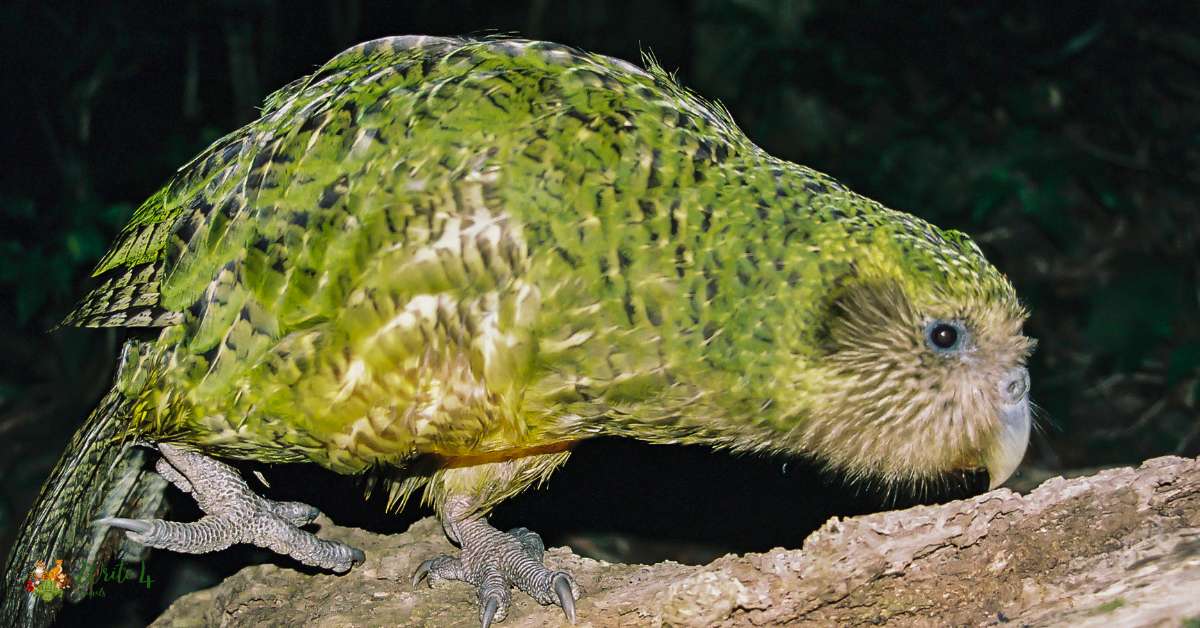
These booms can reach volumes of up to 132 decibels, making the kakapo’s vocalizations both impressive and unmistakable. Given the bird’s nocturnal lifestyle and limited vision, vocal communication plays a crucial role in navigating the dense forests of its native habitat.
The kakapo’s booming calls are not only a testament to its vocal strength but also a unique adaptation that aids in its survival and reproduction, providing insight into the specialized strategies employed by loud animals in their respective ecosystems.
12. Northern Elephant Seal
During the breeding season, the rugged shores of the Pacific Ocean witness the vocal contests of the northern elephant seal. Male elephant seals engage in intense battles for dominance, and their calls, ranging from deep roars to guttural grunts, can reach volumes of up to 126 decibels.
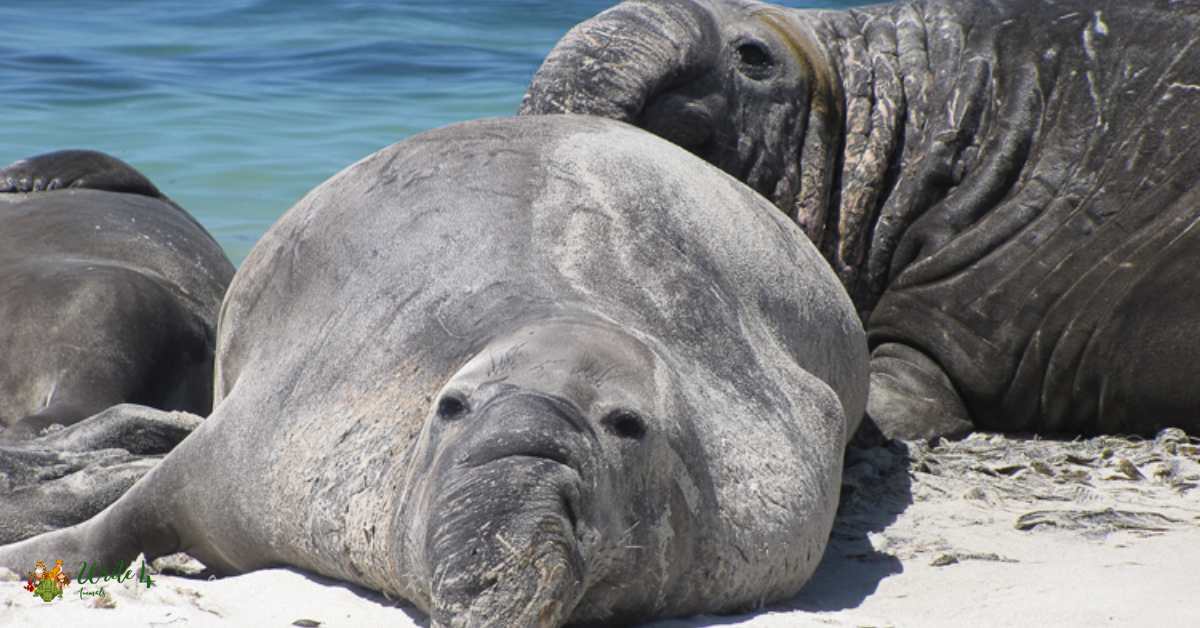
These loud vocalizations serve to establish hierarchy within the rookery and attract females. The northern elephant seal’s vocal strength and dominance rituals showcase the intricate social dynamics of marine mammals, emphasizing the significance of sound in their communication strategies.
These coastal symphonies underscore the importance of vocalizations in maintaining social order and reproductive success within the northern elephant seal colonies.
13. North American Bullfrog
In the freshwater habitats of North America, the North American bullfrog stands out as a vocal powerhouse among amphibians. Male bullfrogs produce distinctive croaks during the breeding season, and these calls can reach volumes of up to 90 decibels.
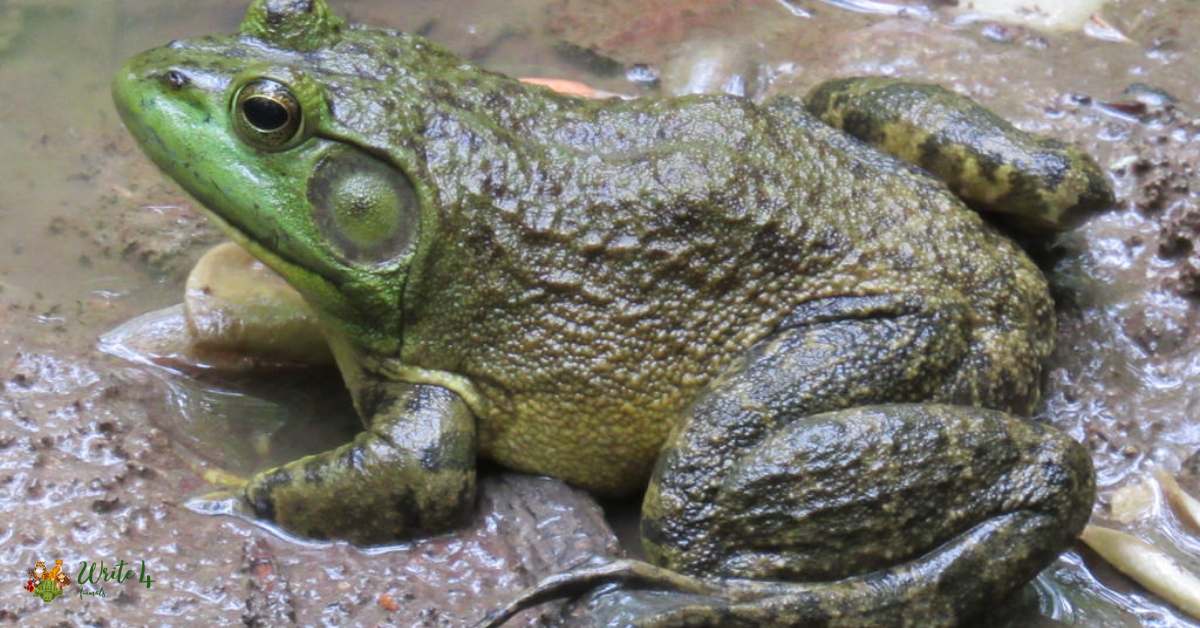
The loud croaks are a means of attracting females and asserting dominance within their territories. These vocalizations, characteristic of warm summer nights, play a crucial role in the frog’s reproductive success.
The North American bullfrog’s robust vocal abilities highlight the importance of sound in the amphibian world, serving as a key component of their communication and courtship rituals.
14. Hippopotamus
In the waterways of Africa, the hippopotamus, often associated with its imposing size and semi-aquatic lifestyle, makes its presence known through a variety of vocalizations.
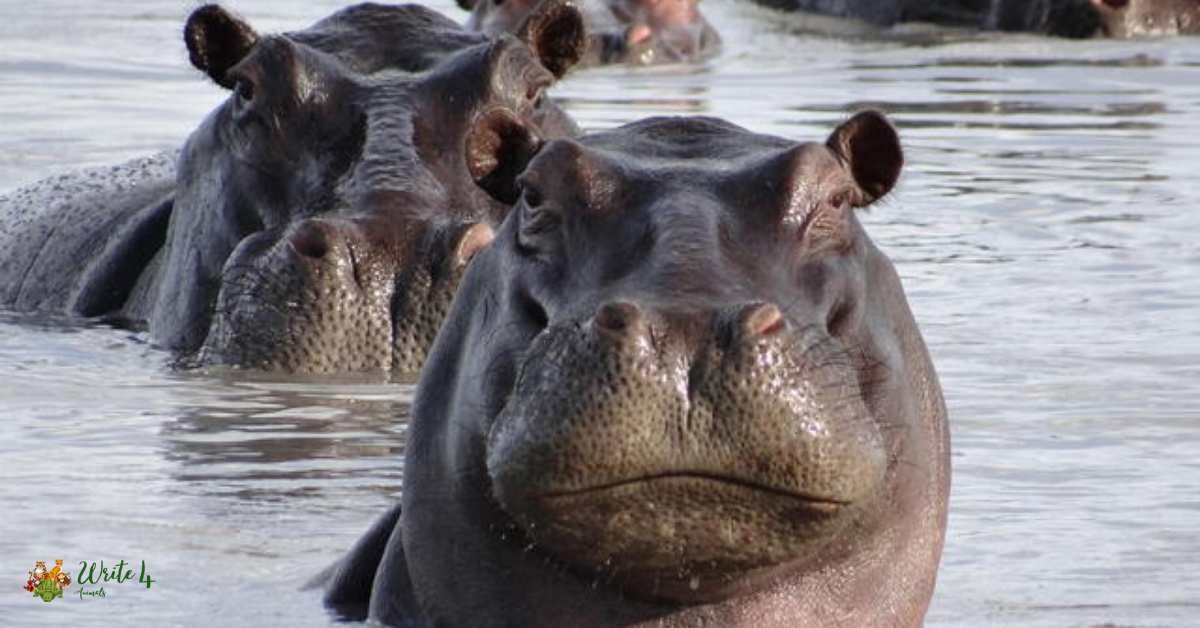
From grunts and roars to snorts, these sounds serve multiple purposes, including communication within groups, establishing territory, and expressing agitation.
The hippopotamus’s vocalizations can reach volumes of around 115 decibels, showcasing their vocal strength in the dense environments they inhabit. Despite their herbivorous nature, the loud calls of hippos underscore their territorial and social behaviors.
The vocal prowess of the hippopotamus highlights the importance of sound in maintaining communication within these semi-aquatic communities, contributing to the dynamic acoustics of African waterways.
15. Hyena
In the African savannas, the distinctive laughter of the hyena resounds through the night, earning it a reputation as one of the loudest terrestrial carnivores. Hyenas communicate through a variety of vocalizations, including cackles, whoops, and growls, which can reach volumes of around 112 decibels.

These vocalizations serve critical roles within hyena clans, facilitating social bonding, coordinating group activities, and asserting dominance. The hyena’s vocal strength adds an intriguing layer to their complex social structure and hunting strategies.
Their unmistakable laughter echoes through the savanna, showcasing the powerful role of sound in the lives of these carnivores.
The hyena’s vocal repertoire contributes to the vibrant auditory landscape of the African wilderness, offering insights into the intricate communication networks that underpin their survival in the wild.
Video Credit – 4 Ever Green
Frequently Asked Questions
1. What is the loudest animal in the world?
The blue whale holds the title of the loudest animal on Earth. Its vocalizations, reaching volumes of up to 188 decibels, make it the undisputed heavyweight champion of the animal kingdom.
2. How do blue whales produce their loud sounds?
Blue whales produce low-frequency moans and pulses using their larynx, also known as the voice box. These sounds can travel over vast distances in the ocean and are crucial for communication, navigation, and locating potential mates.
3. Can humans hear the sounds produced by blue whales?
While some blue whale vocalizations fall outside the range of human hearing, certain low-frequency sounds can be heard by humans, particularly with the use of specialized equipment. Blue whale calls often serve as valuable tools for researchers studying these magnificent marine mammals.
4. Which terrestrial animal is known for its loud vocalizations?
The howler monkey, found in the rainforests of Central and South America, is renowned for its powerful and distinctive howls. These vocalizations, reaching up to 128 decibels, are used for communication within social groups, marking territory, and attracting mates.
5. How do pistol shrimp create loud sounds?
Pistol shrimp generate loud sounds by using their specialized claw to create a high-speed snap. This action produces a cavitation bubble, and when the bubble collapses, it generates a shockwave and a distinctive popping sound that can reach volumes of up to 218 decibels.
Recommended
10 most intelligent animals in the World
12 Most Protective Dog Breeds in the World
